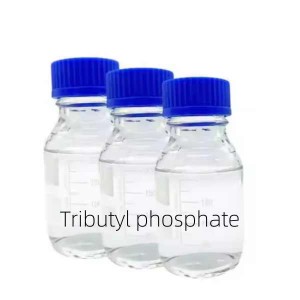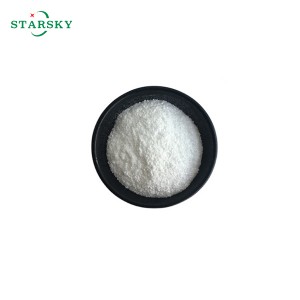2 5-Bishydroxymethyl Tetrahydrofuran cas 104-80-3
25 kg/drum or based on customer's requirements.
Tetrahydrofuran dimethyl alcohol (THFDM), with its oxygen-containing rigid cyclic structure and symmetrical diol functional groups, can be widely used in solvents, surfactants, polyesters, and other fields. It is expected to demonstrate unique advantages in barrier properties, dyeability, degradability, and other aspects.
* We can offer a range of payment options to our clients.
* When the sum is modest, clients typically pay with PayPal, Western Union, Alibaba, and other similar services.
* When the sum is significant, clients typically pay with T/T, L/C at sight, Alibaba, and so on.
* Furthermore, an increasing number of consumers will use Alipay or WeChat Pay to make payments.


To store 2 5-Bis(hydroxymethyl)tetrahydrofuran safely and effectively, consider the following guidelines:
1. Container: Use airtight containers made of compatible materials (such as glass or certain plastics) to prevent contamination and evaporation.
2. Temperature: Store in a cool and dry place away from direct sunlight and heat sources. It is best to maintain a stable temperature to avoid degradation.
3. Ventilation: Make sure the storage area is well ventilated to prevent vapor accumulation.
4. Incompatibility: Keep away from strong oxidizing agents, acids and bases as they will react with the compound.
5. Label: Clearly label containers with the chemical name, concentration, and any relevant hazard information.
6. Safety Precautions: Follow any specific Safety Data Sheet (SDS) recommendations for handling and storage, including personal protective equipment (PPE) requirements.









